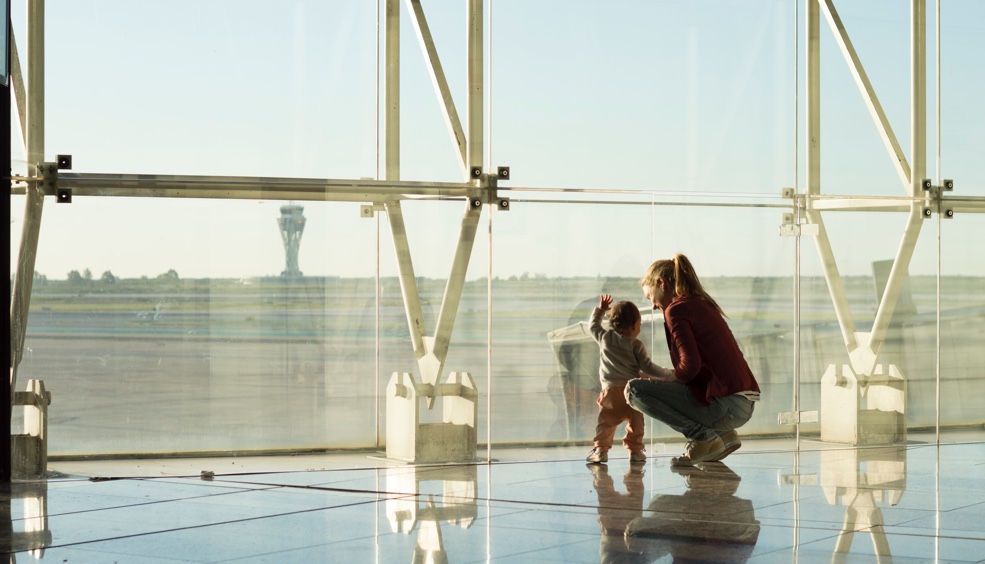Europe’s best autumn destinations
Autumn is the favourite season of many people when it comes to travelling. If you’re lucky enough to be able to take a few days off, why not take a look at some of the destinations our travel expert has selected? They are especially beautiful this time of year.
more infoTips for flying with an infant
First flight with your child? While it may all sound great in your head, new doubts arise every day. You're not sure exactly what you'll need or whether you have to follow any special procedures at the airport. Don't worry, we're going to give you some tips for flying with children to try to clear up any issues and make your experience a success story.
more infoStockholm: city open to the sea
The Stockholm Vasa Museum could be a good metaphor of what has happened today in Spain: a country that is sinking as a result of having failed to take care of what matters, how to sustain itself. The Vasa warship did not even manage to make it out of port. Loaded with 700 sculptures, 64 canons, 300 soldiers and 130 sailors prepared for their first voyage to dominate the Baltic Sea on 10 August, 1628. And it wasn’t even necessary to fire one shot at them, not even cross paths. The wind battered its sails just a few metres from the port and it slowly began to sink in full sight of the people and King Gustavus Adolphus II who had commissioned its construction. 333 years later, she was found intact submerged in the mud, still blushing from the insults of all the enemies of Sweden and the anger it arose in the Royal Family. She now rests in the same place as from where she started out, in the port of Smörland, and is the only conserved warship from the 17th Century and the perfect excuse to get to know the Scandinavian capital. In Piedra de Toque we take a trip to Stockholm to discover the other face of different European capitals with My Vueling City.
Stockholm is a city divided into thirds: one third fresh-water, one third sea and another third city. Made up of 14 islands it has more than 100 museums and among these is the highlight, the Vasa: constructed to dominate the Baltic and sunk beneath its own weight the same day as its launch.
Image: Holger.Ellgaard
By Iñaki Makazaga from Piedra de Toque
So you feel like visiting Stockholm, do you? Book your flights here!
6 things to do on a second visit to Málaga
There’s more to the Málaga region than just its vibrant capital: there’s the cuisine, villages and Caminito del Rey. Find out why you should come back to Málaga!
more info




